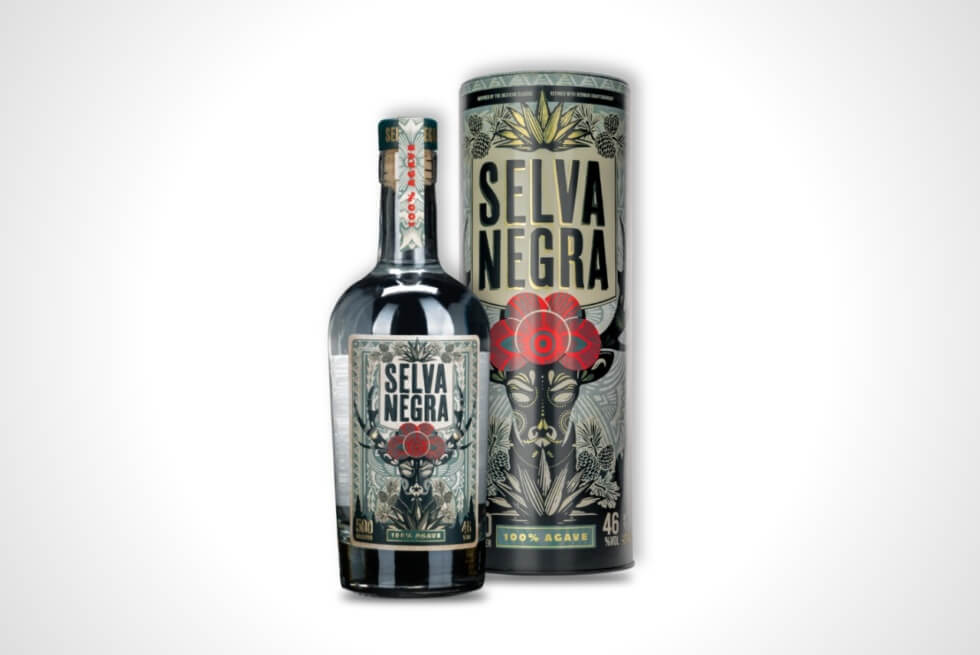
from Men's Gear

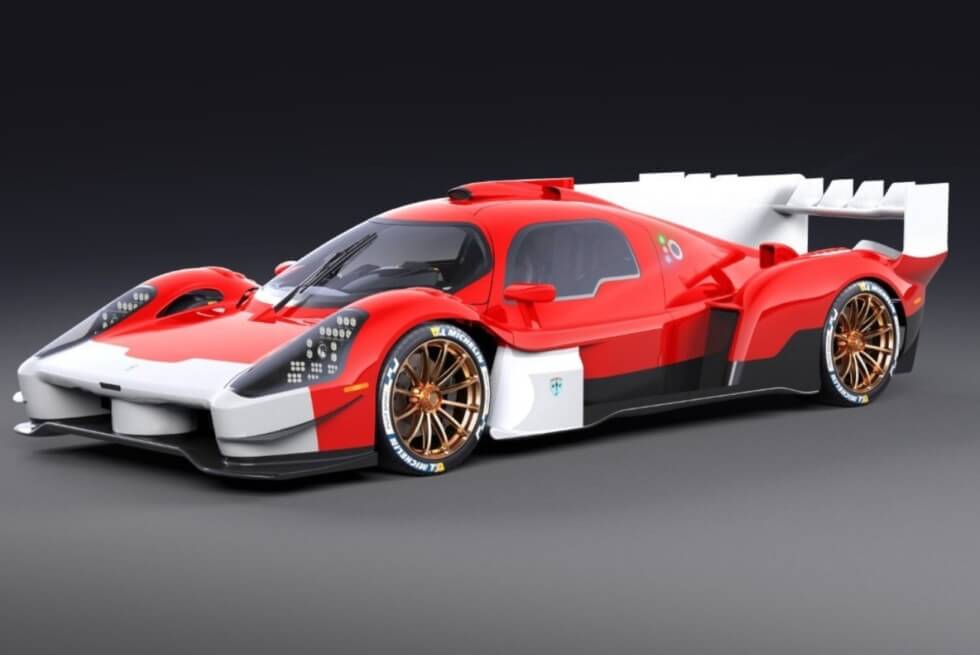


The loyalty programme of aviation companies like the frequent flyer programme is 40 years old. There were first created in 1979 by the now-defunct Texas International Airlines. Eager to give impetus to its stagnant clientele and add lustre to the brand, the solution advocated ensured loyalty of its customers by offering them credit points on flights. This was slowly adopted by other airlines. By purchasing their ticket, passengers would earn miles proportional to their number of flights within the same airline, which would allow them to be exchanged later for a free flight or an upgrade.
The result turned out to be extraordinarily attractive for frequent travellers who were highly courted by the various companies and for good reason! Recently, Imperial College London calculated that with 42 million annual flights, passengers on planes would circle the Earth four billion times a year. This is a lucrative operation for both passengers and aviation companies.

At a time when short-haul flights are stigmatised, why not simply abolish these loyalty programmes so as not to encourage — or even push — users to take the plane more often than they should or need? It would be more logical and healthier to curb this excessive consumption of planes by not openly encouraging passengers through these free miles. There are about 10 per cent more flights entirely due to these loyalty programmes. Doing this, it would be more beneficial for the planet and for all those who never or rarely fly to make redundant of these programmes because maintaining them amounts to remunerating people when they contribute to further degrading our environment.
A return trip between Paris-New York consumes as much CO2 as an entire year of heating for the average European. Furthermore, 20 per cent of passengers take around 75 per cent of the available flights, showing the inequality in the face of fair travel.

Not only are the free flights contained through these programmes that pose a problem, updates to Busines or First Class are just as harmful given the obviously larger carbon footprint than that of a passenger in Economy in view of the much larger space occupied. The International Council on clean Transportation consortium calculated that a Business passenger consumes two or three more carbon depending on the aircraft than an Economy passenger.
According to an analysis by McKinsey, a veritable ecological carnage hangs over us because no less than 30 billion unused miles are currently credited to the loyalty cards of all companies. The amount of miles is enough to offer a ticket to almost all of the 4.5 billion passengers who fly annually.

Why not take inspiration from the recommendations of the International Council on Clean Transportation and — rather than prevent those who wish to fly — create a program which would be the exact opposite and which would penalize the very frequent flyers? A kind of progressive tax which would be levied on those who fly often and which would inevitably have the effect of reducing emissions from aircraft while better distributing flights.
Looking at the other side of the issue, why not take inspiration from the recommendations of the International Council on Clean Transportation? Rather than preventing those who wish to fly, create a programme which would be the exact opposite and penalise the very frequent flyers. It is like a kind of progressive tax that would be levied on those who fly often and this would inevitably have the effect of reducing emissions from aircraft while better distributing flights.

For more information about Michel Santi, visit his website: michelsanti.fr/en
For more business reads, click here.
The post Opinion: Scape Frequent Flyer Programmes for Greener Flights appeared first on LUXUO.

Precious metals like gold and silver have been gaining prominence in the last few years. These commodities are becoming the preferred choice for retail investors to hedge against the impending recession. As a result of this growing interest, prices for gold and silver have risen more drastically such that people make a beeline to own bars of it.
Now, not everyone has the luxury of space to store gold or silver bars at home so that is how Silver Bullion and The Safe House come into play. Gregor Gregersen, the founder of the Silver Bullion, believes that more and more people will look towards building a robust precious metals portfolio and his company will be able to satisfy this demand for a secure and reliable storage facility.
Ahead, we speak with him to learn more about the precious metals market in the coming years and his motivation behind building one of the highest capacity vaults worldwide — The Reserve.
I have been fascinated by the stock market since I was little. I became a stockbroker assistant in the US, and eventually ended up working with quants (math PhDs) at a bank’s structured product desk developing custom derivatives for institutions.
I learned to program some of the derivatives that have become our financial system’s little-understood, quadrillion-dollar foundation. These derivatives are complicated bets from different counterparties that offset each other to produce the desired behaviour. Mathematically they might be sound, but they have a fatal flaw in that they work only if all counterparties remain solvent.
This flaw became apparent in 2008 when Lehman Brothers’ US$35 trillion worth of derivative positions defaulted. Being twice the GDP of the United States, its impact brought the financial system within hours of collapsing.
I witnessed the consequences of this collapse, working as a senior data architect at a major bank in Frankfurt, and realised, with absolute certainty, that greed and incompetence had irreparably transformed our financial system into a fragile house of cards. It had become too leveraged and interdependent.
Physical precious metals, like gold and silver, were one of the few real wealth refuges that did not depend on somebody’s solvency, so they were in very high demand as people quickly bought them from every dealer or bank that still had stock.
By the time I decided to buy some physical silver, no physical bars were left. Banks and dealers would only buy back, and in the secondary markets, silver was trading at three times the official price.
I finally managed to buy a 1kg silver bar through a contact at the gift shop of the European Central Bank.
My fascination for financial markets was thus replaced by an unrelenting drive to create an alternative, truly secure, wealth storage independent of politics and counterparties.
This is still the drive behind Silver Bullion, which has delivered to clients over S$1.5 billion (or more than 730 metric tons) of gold and silver to Singapore, and The Safe House vault, which is safeguarding much of this bullion for our clients.
Gold and silver are not just commodities. They are the world’s most enduring currencies (currency code XAU and XAG), are intrinsically valuable, practically indestructible, and cannot be printed out of thin air. They are effectively money that appreciates over time. Gold, for example, has appreciated on average by 7.8 per cent per year since 1970, from US$35.96 to around US$1,900 today.
Currencies backed by gold are limited by their gold holdings, which is why no government-issued currency is now backed by gold. Today’s fiat currencies’ worth depends solely on the perceived credibility of the issuer, allowing popular issuers to fund increasingly unsustainable deficits with no plans for repayment other than by issuing more currency.
Fiat currencies nearly always lose value over time through inflation, and eventually, become worthless once confidence in the issuer is lost. In contrast, gold and silver have endured throughout history as they have always been the neutral asset people trust, especially in a crisis.
To put it plainly, in a crisis, do you want to risk holding the next banana money or gold?
These monetary uses set gold and silver apart from other commodities, which must usually be consumed lest they decay.
We are not heading into a normal recession characterised by negative to low growth and low inflation. Instead, most of the developed world is in a stagflation (defined as low growth and high inflation). On average, major currencies lost 9 per cent of their purchasing power in 2022. Such wealth losses have not been seen since the last stagflation ended in the early 1980s.
In a normal recession, the traditional advice is to purchase low-risk bonds, earn interest, and sit out the tough times. In a stagflation, however, buying low-risk bonds that pay 4 per cent or 5 per cent interest while your money loses an average of 9 per cent in purchasing power is not necessarily a good long-term plan.
While inflation might fluctuate year to year, inflation will remain uncomfortably high for the next five to 10 years because so much paper money was created over the past decade. Meanwhile, geopolitical tensions are causing trade to recede, making goods harder to make and, therefore, more expensive.
This prolonged high inflation expectation is not just my opinion. Singapore’s Prime Minister Lee Hsien Loong has made it clear in his 2022 National Day message that low inflation is not likely to return anytime soon.
As people see their dollar wealth erode, they will realise that they need to protect their wealth by buying something that tends to do well in a stagflation.
Precious metals tend to do well in stagflations. For example, during the last decade-long stagflation, the gold prices in US dollars surged from US$35.96 in 1970 to US$459 in 1981, representing an average 26 per cent increase per year for 11 years.
Central banks have already greatly increased their physical gold purchase in 2022. I think mainstream investors will slowly follow suit, ensuring that gold and silver will become increasingly popular this decade.

Silver was the first global trading currency and, along with gold, the foundation of most modern currencies, including the US dollar and Pound Sterling. Silver literally means money in Spanish (plata) and French (argent). The Chinese characters for a bank (银行) literally refer to a place to store silver.
As an industrial metal, silver is indispensable, being the best electrical and thermal conductor and a potent antibacterial agent. Our mobile and electronic devices all have silver in them, which cannot be easily substituted away. When these devices reach end-of-life, they are often discarded in landfills, making the silver unretrievable.
So whereas gold is carefully hoarded, much silver has been literally thrown away a gram at a time over the past 50 years, leaving global silver reserves a tiny fraction of what they used to be. As of 2022, the identifiable above-ground silver inventories are only 52,000 metric tons compared to over 190,000 metric tons of gold that the World Gold Council estimates to exist.
Besides being surprisingly scarce, silver is also historically undervalued. In nature, the ratio of silver to gold is about 16 to 1, which was also the exchange ratio between silver and gold for most of history. However, gold is trading at 75 times the price of silver today, making silver over four times cheaper than its historical mean.
I would define silver as scarce, indispensable, undervalued, and largely forgotten by the mainstream. Most of my personal money is invested in silver, as I expect it to strongly outperform gold as we enter the next precious metal bull market.
Throughout history, when a country with unsustainable debts can no longer monetise their debts effectively, they tend to make drastic changes, usually at the expense of savers.
For example, during the Great Depression in 1933, the US suddenly made gold ownership illegal. It forced individuals to sell their physical gold to the government at US$20.67 per troy ounce or face up to 10 years in prison.
Essentially holding gold in the United States in 1933 became like holding cocaine today, a highly illegal and dangerous endeavour.
Following this gold nationalisation, the government increased the gold price to US$35 per troy ounce, effectively creating 70 per cent more US dollars for the government to spend at the expense of gold holders (today, gold is trading at US$1,850).
People who held their gold outside the United States were unaffected. So, it is important to store gold in a stable, well-funded, trusted jurisdiction that is unlikely to nationalise gold in a crisis.
Storing gold and silver in Singapore, which has no net debts and a fully funded pension system, rather than in highly indebted Western countries whose unfunded pension systems I consider to be a ticking timebomb, is a prudent choice.
Singapore is politically stable, has very low corruption, well-enforced property ownership rights, and investment-grade precious metals are exempted from taxes, which are all good things.
Singapore is also well-regarded internationally. It has a strong regional military presence comprising of over 420,000 active and reserve personnel and a military budget over three times that of Malaysia.
These are the reasons we are investing so heavily in Singapore.
History tends to repeat and recurring cycles can be identified. Every 80 to 100 years, a new superpower replaces the prior one, and every 30 to 40 years, reserve currencies tend to get into a crisis (e.g. the US dollar in the 1970s) and are either saved or replaced. Such cycle transition periods are always painful and often involve wars.
I believe that this decade we will be facing such a transition period and that this will cause great demand for ownership of liquid physical assets, stored in safe jurisdictions in a transparent manner.
The Reserve is built to address this demand by:
Most vaults tend to be austere, inaccessible places. The Reserve has a more open, welcoming design and is cleverly compartmentalised to maintain high security without intrusiveness for most visitors.
We are currently storing over S$800 million in precious metals. Visiting the vault will be an experience. In our main 20,000 sqft vault room, we will store silver, and other valuable metals stacked 12 metres high. Walking through this room will be like walking through a canyon of silver.
Our clients can visit one of two labs in the facility that test the metals to learn about the five non-destructive testing processes we developed to authenticate and guarantee the metals.
Also, on site is The Xcess, a specialised bonded watch vault that will have 2,000 watch winders to store high-end timepieces optimally. These watches can be authenticated and maintained at a 2,000 sqft watch workshop within The Reserve. Once stored, the watches can be collateralised by the owner or sold to the highest bidder. Over time we expect to store a very exclusive watch collection.
The Reserve will additionally store art, wine, and whisky. We have approved zoning permission to conduct high-value international auctions in the facility. The facility will be a good venue for exclusive events.
Once this facility is fully operational, we expect third-party banks, family offices, and wealth managers to make use of the facility as well.
The Reserve will redefine what a vault can be.

Our secured P2P loan platform was launched in 2015. It allows customers to use their stored, authenticated assets as collateral to obtain loans peer-to-peer. The lenders are other customers who want to lend out cash for interest. Silver Bullion acts as an escrow and provides the platform to match lenders and borrowers based on a bid/ask process.
With this service, our clients have an added option of how they can use their stored assets. Perhaps they have investment opportunities and need liquidity without selling their bullion.
Having passed compliance checks to become storage customers, they can then obtain loans quickly since the collateral is a liquid physical asset. The system is designed to be very safe for lenders, and over the past eight years, we have had no defaults and averaged a yearly interest rate of just 4 per cent pa.
The loan platform has matched nearly half a billion Singapore dollars over 13,000 plus loans since its launch.
Maintaining a high level of trust and transparency with our clients is paramount. Sales are secondary to always building and maintaining this trust.
Strict AML/KYC and authentication processes are also indispensable to protect our customers and us. This is particularly true as we grow and invest so much capital into The Reserve.
Lastly, we are more than a conventional bullion dealer. We provide advanced systemic wealth protection solutions whereby precious metals play a big role. This important mindset distinction leads to, sometimes, radically different approaches compared to traditional gold vaults and dealers.
I would be developing smart software (a kind of AI) to optimise vegetable growth efficiencies for urban farming and franchise the systems. I hope to do this in the future .
For more reads on Leaders, click here.
The post Gregor Gregersen, Founder of Silver Bullion, On the Precious Metals Market in 2023 appeared first on LUXUO.

Affordable Art Fair Singapore is the city-state’s longest-running international art fair, and it has accompanied and seen how the little red dot evolved to be a cultural hub for the arts to thrive. Despite a hiatus due to the Covid-19 pandemic, which had halted almost all economic activities, the beloved fair returned to much fanfare in November 2022 where it saw 15,000 art enthusiasts over the three-day event.
Ahead, we talked with Alan Koh, Fair Director of Affordable Art Fair Singapore, who is the main organiser of this highly regarded art fair. He shared with us some of his thoughts on the art scene, and tips and tricks on getting your art collecting journey started.
In 2007, Sotheby’s Institute of Art launched an outpost in Singapore and I joined them as a marketing executive. Working with the institute exposed me to the world of art as I worked closely with industry experts and lecturers from around the world for the courses offered. I visited museums and galleries in various countries as well as got connected to the local cultural scene. Since then, I have never looked back and have been involved in the arts and culture industry in Singapore.
I have always had a strong interest in the creative industry and loved flipping fashion magazines in my younger days to look at how beautiful the fashion spreads were. My first purchase was a reduction linocut print by printmaker Matthew Ivey in 2010 from the launch of the first Affordable Art Fair.

First and foremost would be to look for a credible gallery, art dealer or art fair. Affordable Art Fair would be a great starting point for those looking to start collecting art as we showcase 80 quality galleries from all around the world.
Do the research of galleries online, then go through the artists and artworks they represent. Let your eyes help you define the type of work you are looking for visually. It will be helpful to know what type of artwork and price points you are willing to invest in. Following that, delve deeper into the artwork and artists — have they won awards, shown in museums, how long have they practiced, where did they graduate, and any other notable accolades?
Following that, look into the mediums and how the works are created. Generally, original prints and photography are affordable options to start with as they have edition sizes. Original paintings and sculptures are more expensive due to being a one-off and using more materials and time to create them. There are also various interesting mediums artists use which could be of interest to you.

I think the premium of the artwork is a result of the artists’ work and effort so they should definitely be priced. Without the premium, it is not easy to define the value of an artist’s work, the amount of work and effort that has been put into it. The intrinsic emotional value of owning an artwork one loves much more surpasses the monetary value it has.
More locals are much more open to the idea of collecting and buying art compared to the early days when we first launched Affordable Art Fair in Singapore and Asia. Buying art is common with expats and westerners as they have a long history of being exposed to arts and culture.
In Singapore, we are still in the early stages of cultural consumption. However, we now have 65 per cent of locals who visited the fair and 25 per cent bought their first piece of art at Affordable Art Fair, showing that our fair is an ideal place for your first-time visit! The recent Singapore Art Week also saw many visitors and engagements, which is a positive growth in the interest towards arts and culture in Singapore.

We noticed a number of expressive and colourful paintings that were very popular, such as Joaquin Valdez’s “Blue Room” and Camilo Celis’ “Messi”. Pop art and sculptural works also appealed to buyers, such as the bear popsicle sculptures by Yu Uchida. Abstracts are still a firm favourite such as Kris Ancog’s “Vulnerability 24”.
2022 was a very special year as the Singapore fair made a comeback from the impacts of the global pandemic after three years. I feel very proud to be working alongside passionate individuals who made this possible. With the fair coming back, we are able to promote the love of art to new visitors and art buyers locally and regionally, and help people experience the joy of collecting art. This will also encourage more people to visit galleries all year long as they get connected with the international galleries we work with. And in turn, artists can continue to build on their careers and doing the creative work they do.

Making art accessible and being transparent is a winning formula. With this ethos, we create a fun and engaging fair where people feel comfortable connecting with galleries, artists and artworks. Artwork prices are also clearly displayed, eliminating the boundaries between our audience and art, giving them much more clarity into what it takes to get into art collecting.
We create transparency and manage people’s expectations before they attend the fair. With a price ceiling, people know what to expect at the fair and will know that they can find something they love that falls within their budget.
We keep in close contact all year round with the galleries and partners we work with, see what new artists and artworks they have and how their business is going. We will promote them through the fair’s channels so to keep reminding people to visit these galleries. Having a listening ear and taking in feedback is important for us to create a fair that supports the galleries and partners. We have worked with REDSEA Gallery, Art Forum, Artredot, Quantum Contemporary Art, Rebecca Hossack, Utterly Art, ArtBlue Studio, Marine House at Beer, Manyung Gallery and more since our inception.
We welcomed 15,000 visitors who bought S$4.5 million worth of art. We are very happy with the results. Highlights would be the #SPOTLIGHT section where we showcased Cheo Chai Hiang’s works as he is a veteran but only showed with us for the first time. The Dorsett Hospitality International digital AR installation space was a treat and many people loved the engaging digital artworks. The Children’s Creative Space by Art Wonderland and The Art Studio by Visual Arts Centre were also popular with visitors. We loved that we had the opportunity to engage our visitors with these interactive programmes and that they loved it. It is more than what I had expected. A very happy edition. The support from visitors, galleries and partners was overwhelming.
We are very excited for 2023 as we seek out new installations and programmes for the fair, so watch this space.
As the longest-running international art fair in the city, we hope that we will continue to do what we do best to foster the next generation of art lovers and collectors in years to come. We will continue to evolve the programmes, seek out new galleries, artists and installations, be the platform for existing galleries and artists to develop further and continue to engage our art-loving visitors as much as we can.
Click here to be notified when Affordable Art Fair Singapore is back in town!
For more art reads, click here.
The post Alan Koh, Fair Director of Affordable Art Fair Singapore On His Journey to a Successful Art Career appeared first on LUXUO.

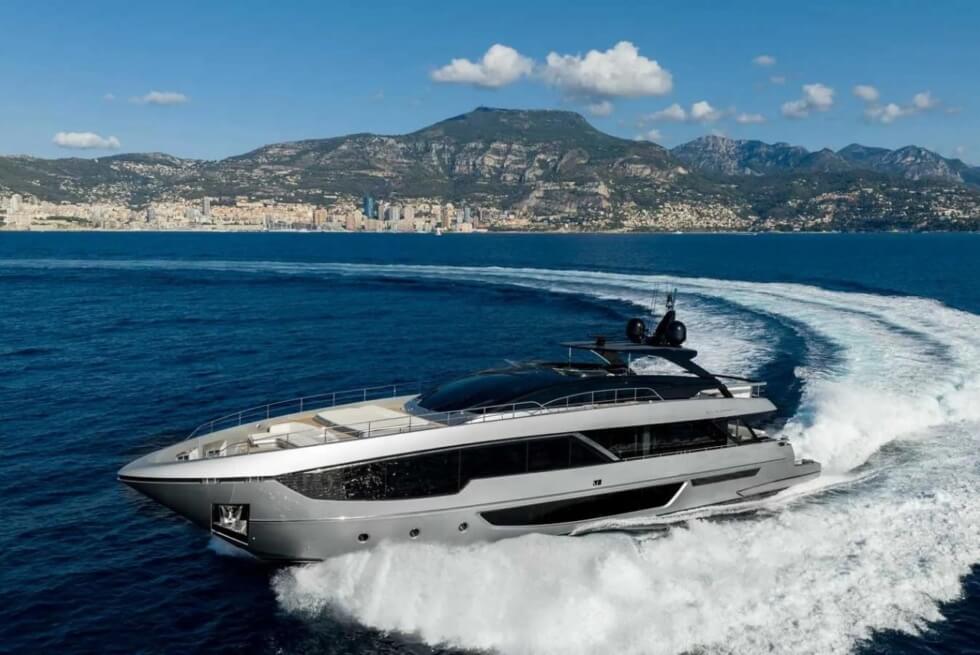
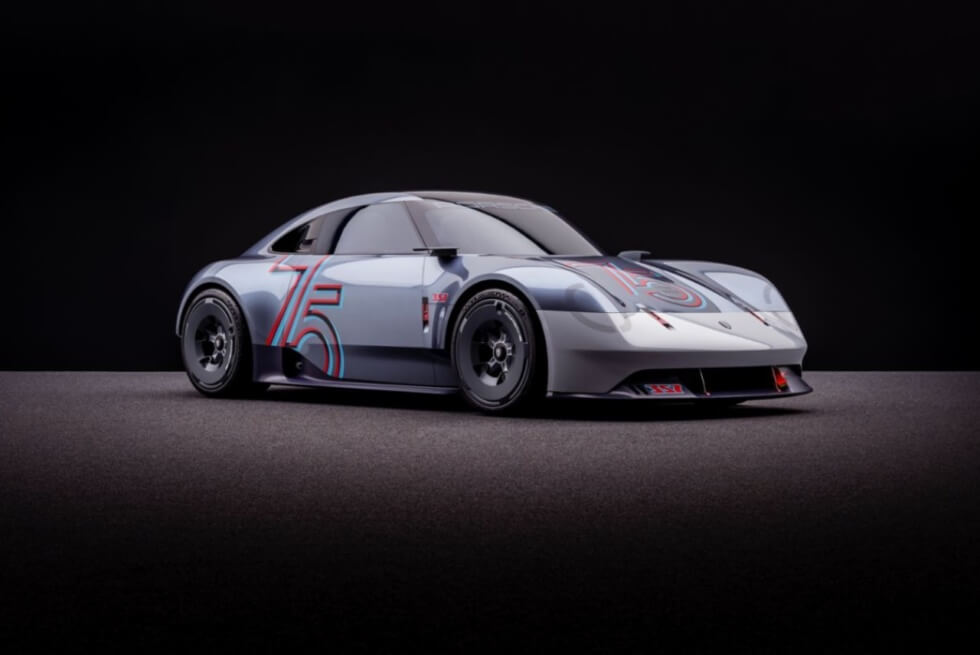
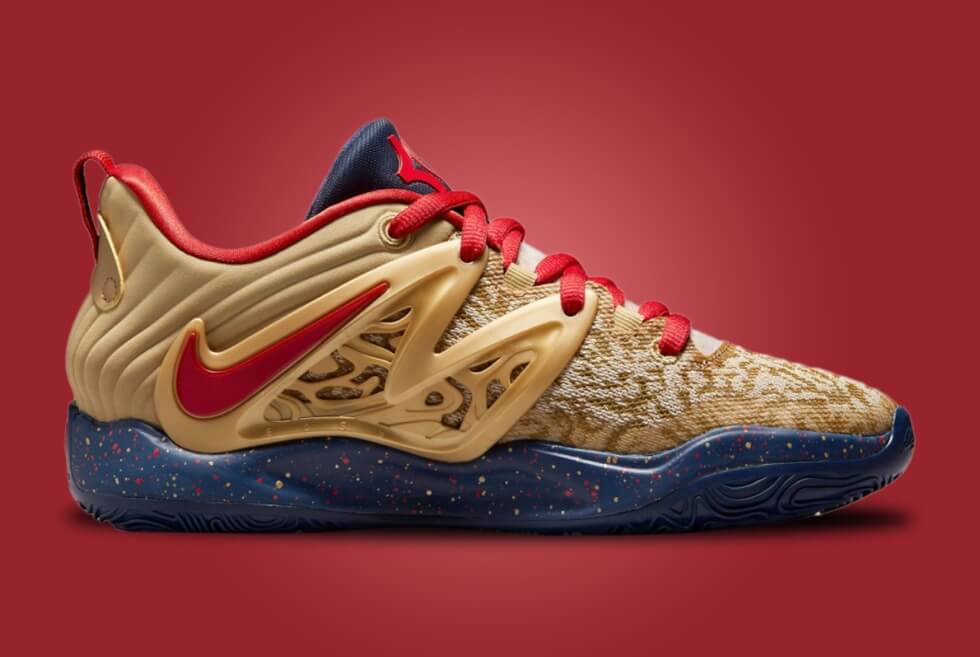


The region’s finest actors got their well-deserved recognition at the 2022 Asian Academy Creative Awards (AAA) last December. Held at Singapore’s historic Chijmes Hall, a notable landmark used in Jon M. Chu’s 2018 film Crazy Rich Asians, the two-day awards ceremony saw stars from Hong Kong, India, Pakistan, Malaysia, Philippines, Japan, Taiwan, Thailand and New Zealand flying in for the coveted event.
AAA was hosted by American actor and television host Bobby Tonelli and attended by familiar faces like Pierre Png, Elvin Ng, Carrie Wong, Mark Lee, Quan Yi Fong, Romeo Tan, Desmond Tan, Kayly Koh, Hirzi Zulkiflie, Denise Camilla Tan, and Benjamin Kheng. Singapore came out on top with eight categories won, followed by India with seven, and Australia with six.







The most prestigious award and tear-jerking moment of the night went to Yin-Shang Liu, with the late veteran Taiwanese actress earning herself a posthumous win as Best Actress In A Supporting Role, and Grand Winner of the 2022 Asian Academy Creative Awards.














Other highlights include: Korea clinching the award for Best Drama Series once again, this time with CJENM’s romantic drama Twenty Five Twenty One beating 14 Asia-Pacific nations and territories; Netflix winning a total of six categories, with Japan’s Akakusa Kid clinching Best Feature Film, and Korea’s Jung Hae-in for Best Actor in a Leading Role for his role in military crime drama D.P.; Taiwan actor’s Kang Ren Wu’s win as Best Actor in a Supporting Role for Light The Night; and finally, Australia’s special effects studio — Method Studios validated in its win for Warner Bros. Pictures’ film Elvis.
This article first appeared on Men’s Folio.
For more culture reads, click here.
The post Recapping the Asian Academy Creative Awards appeared first on LUXUO.